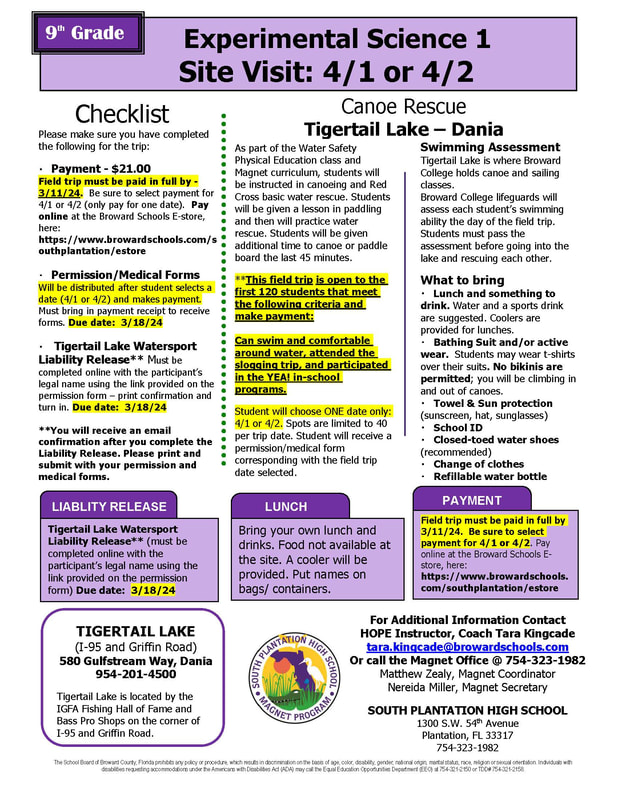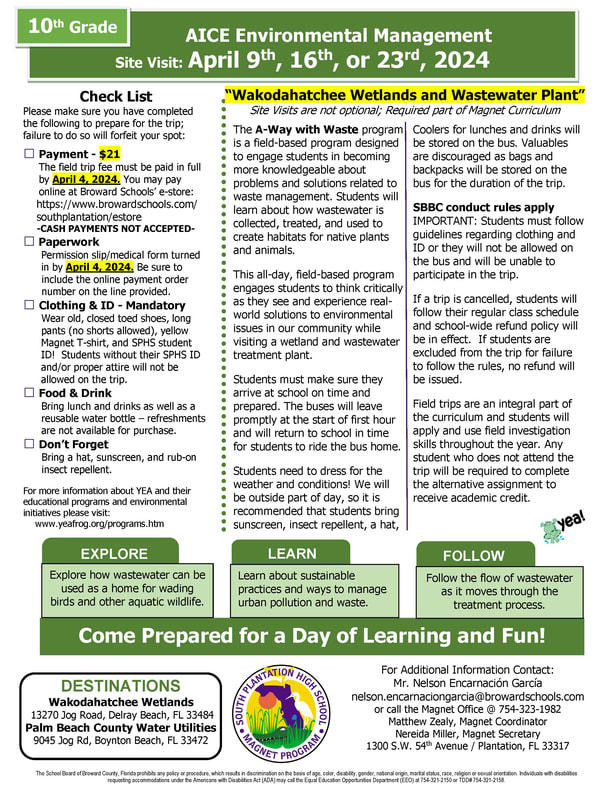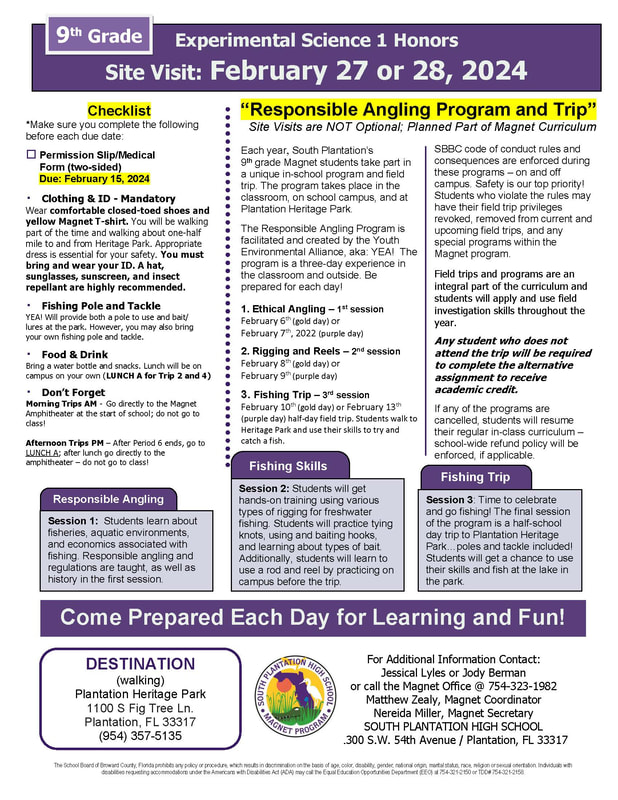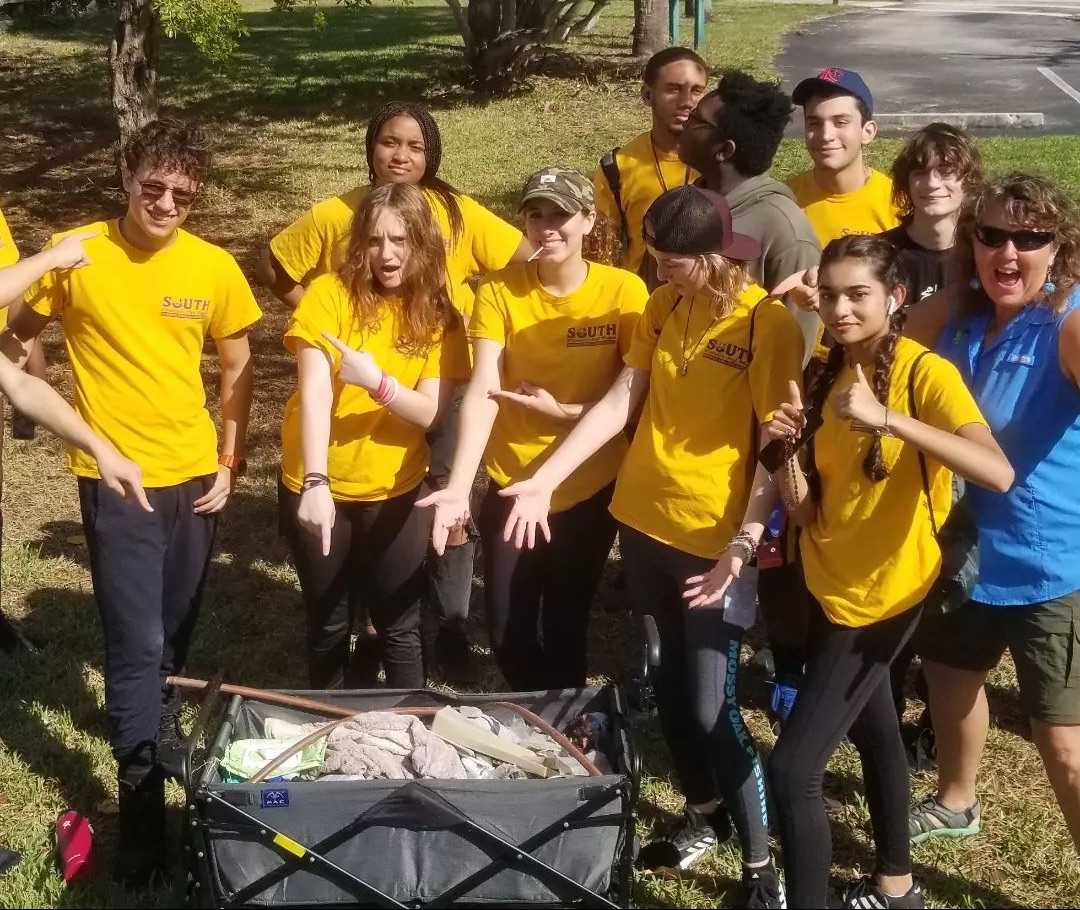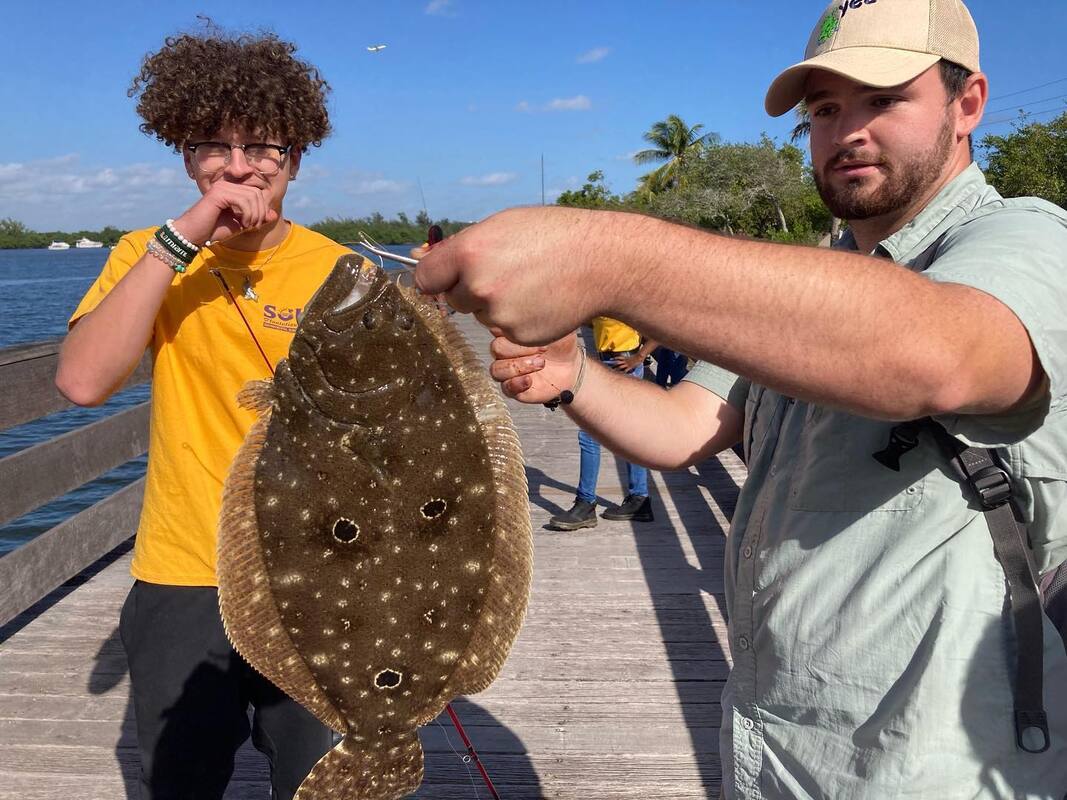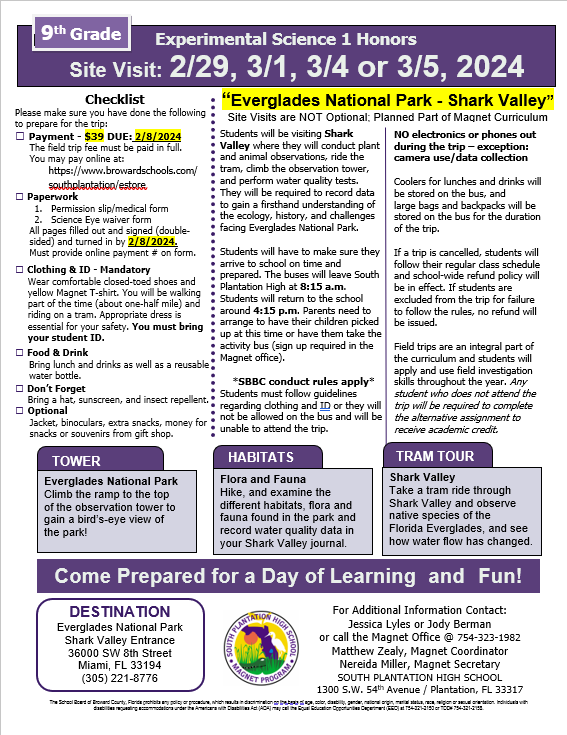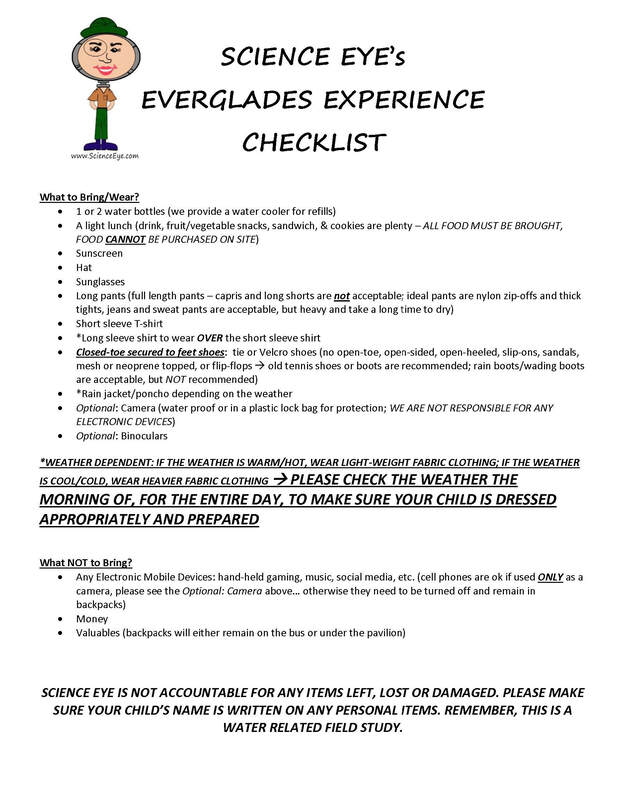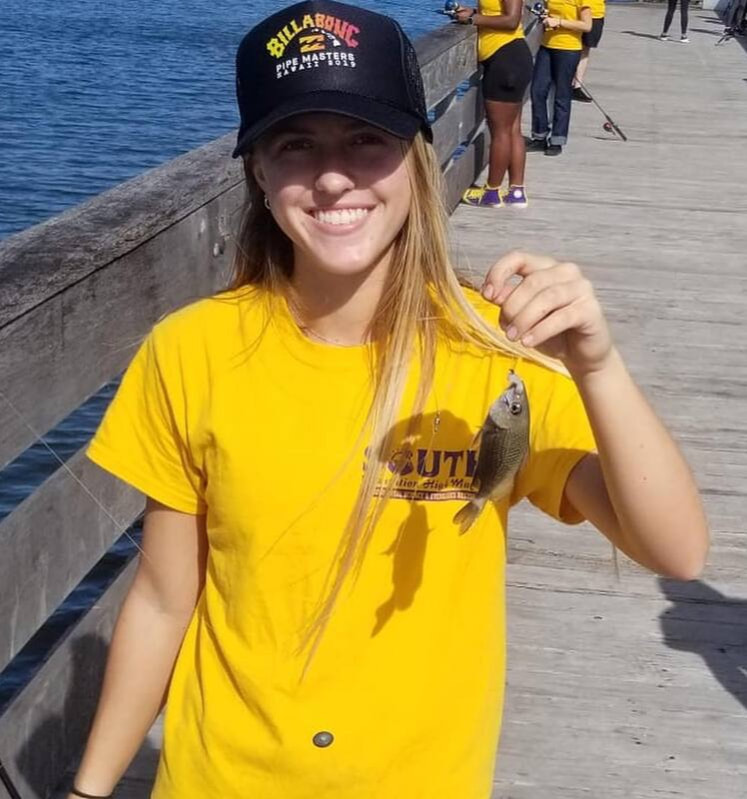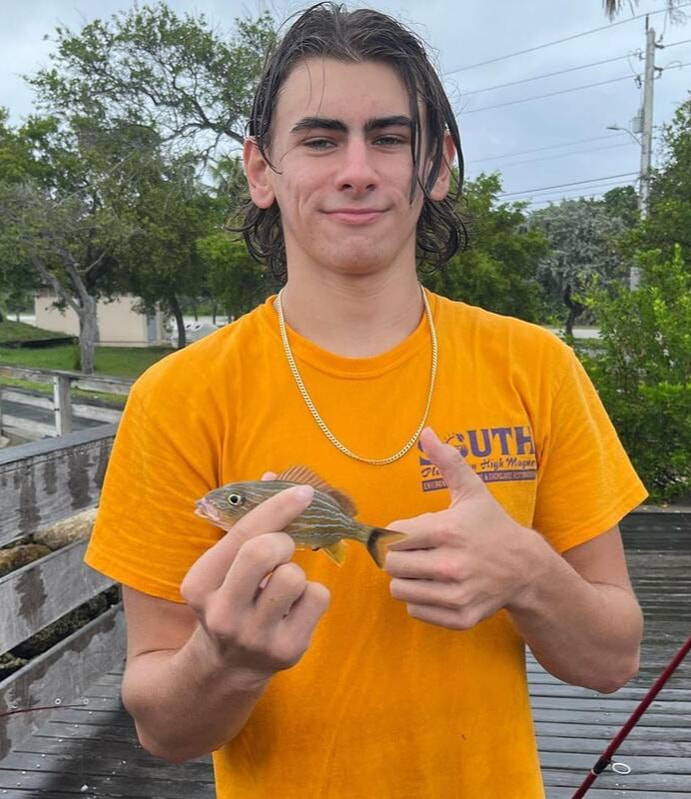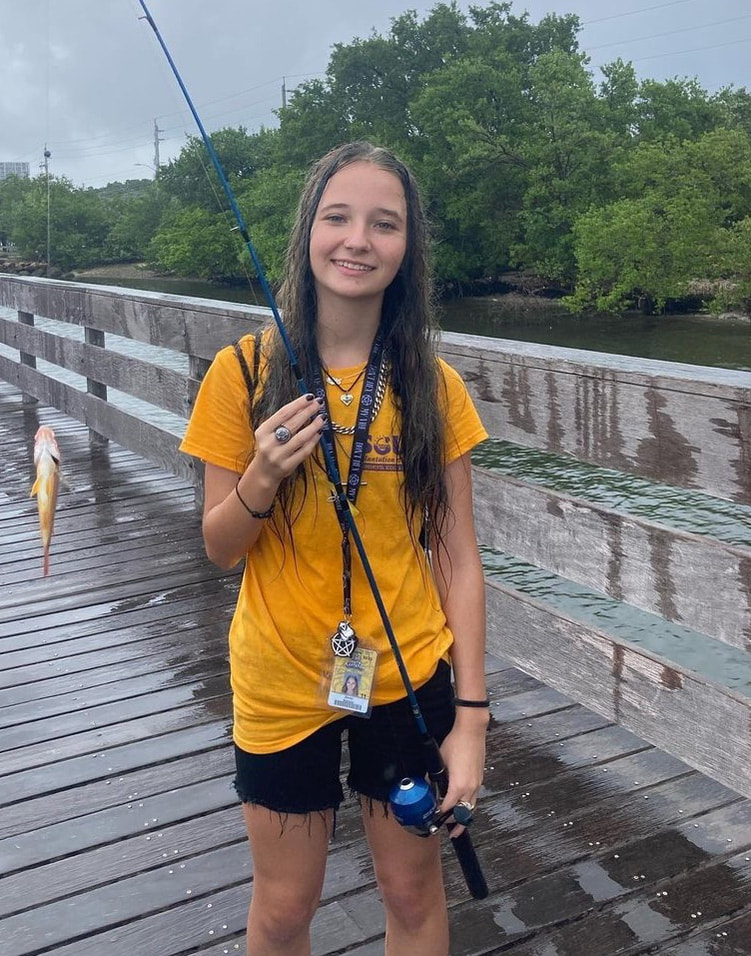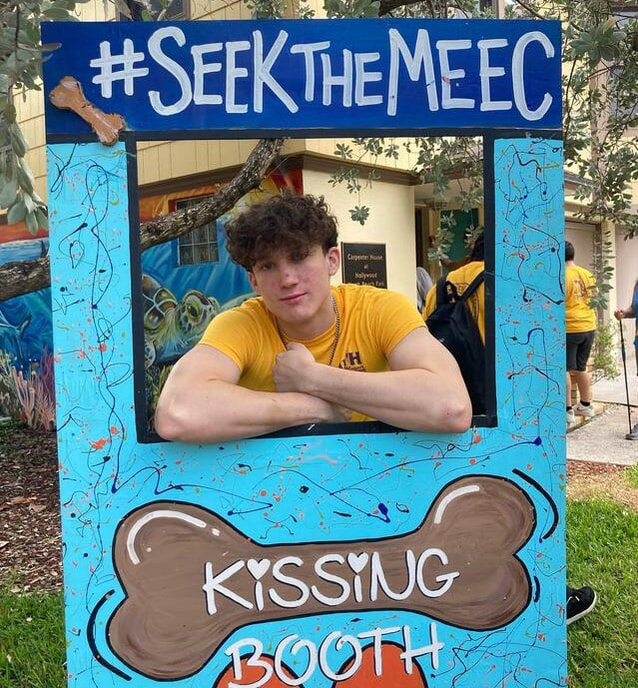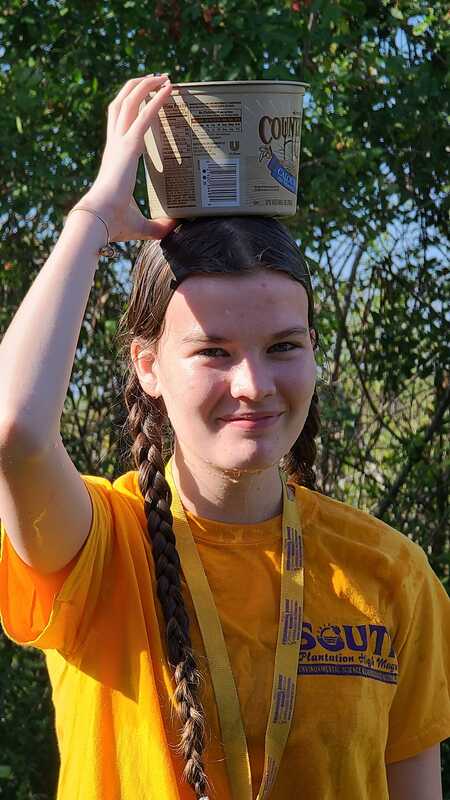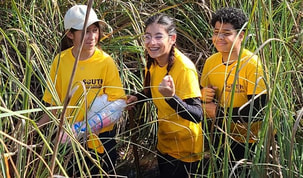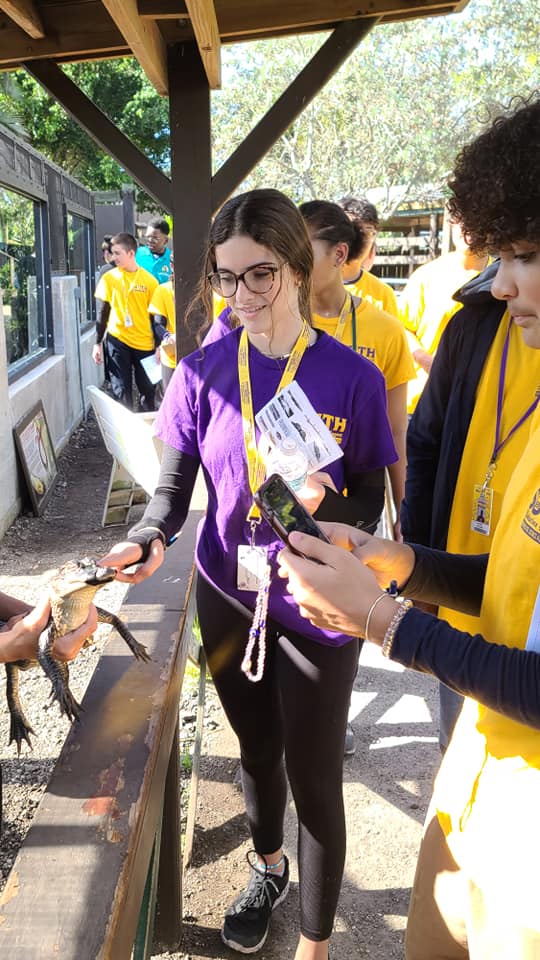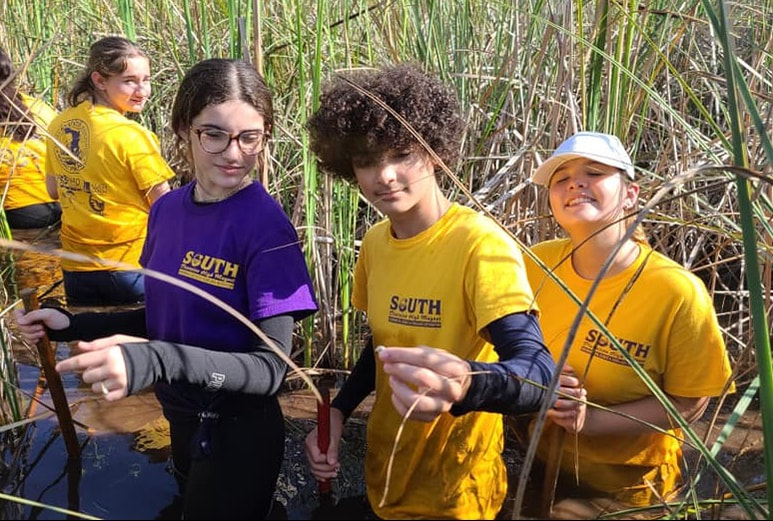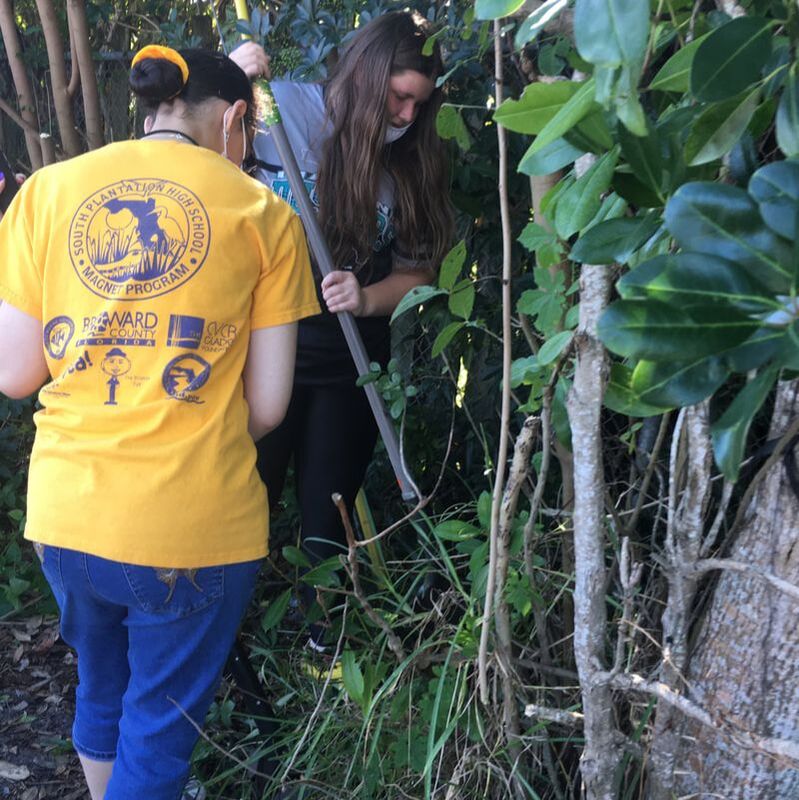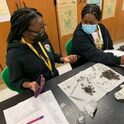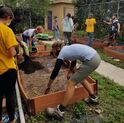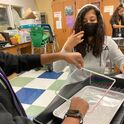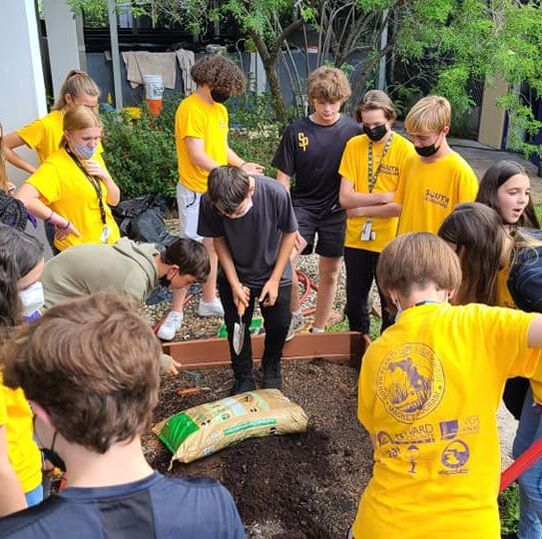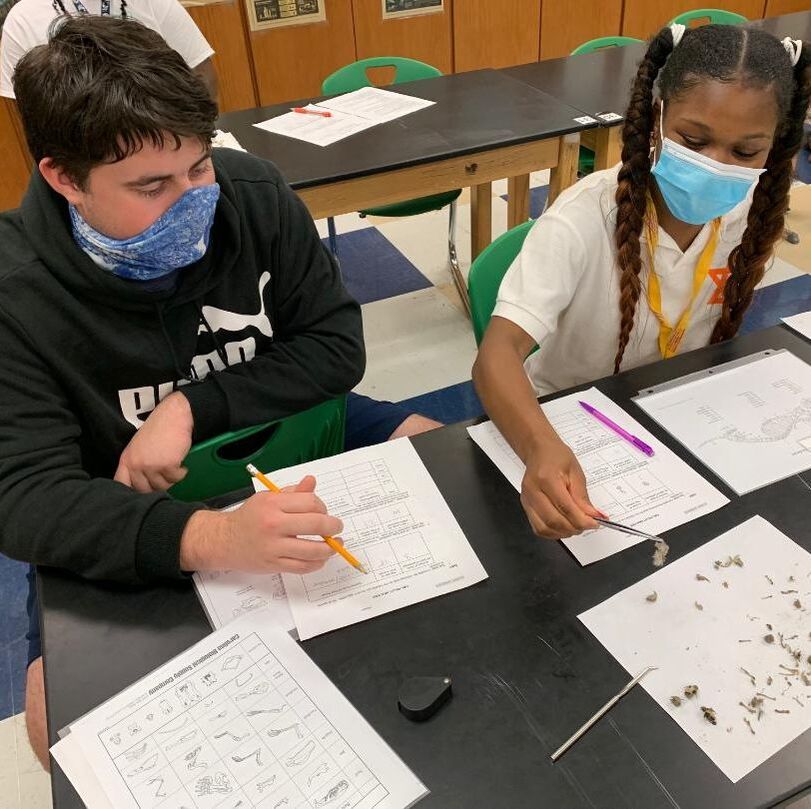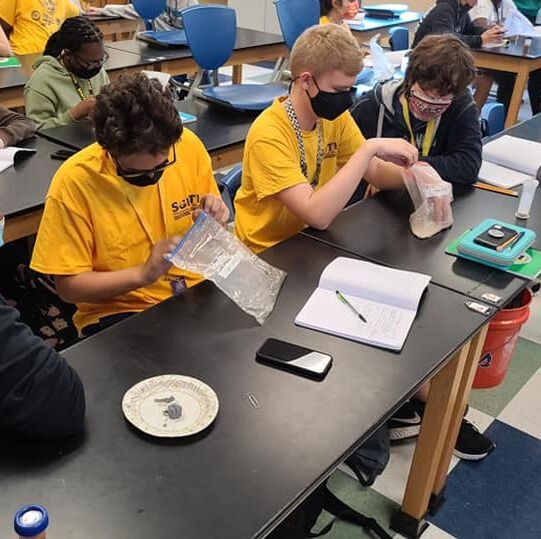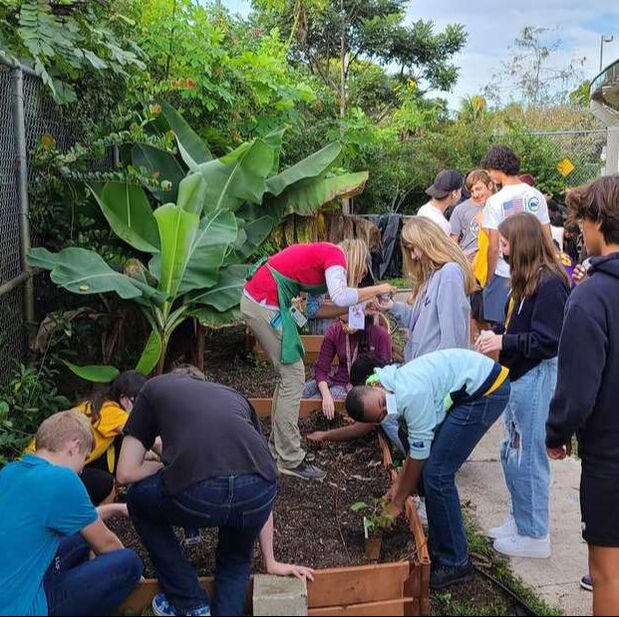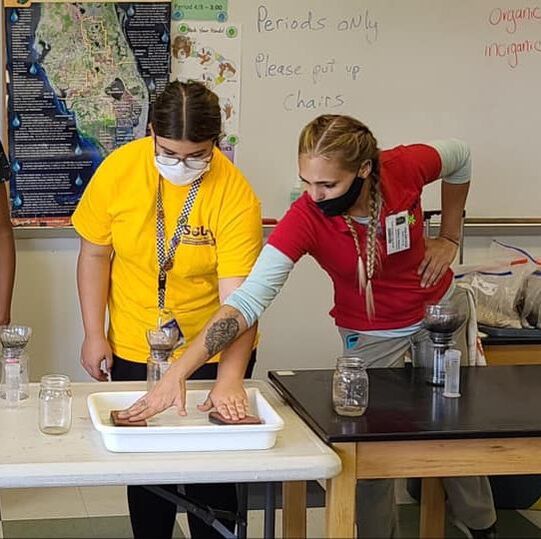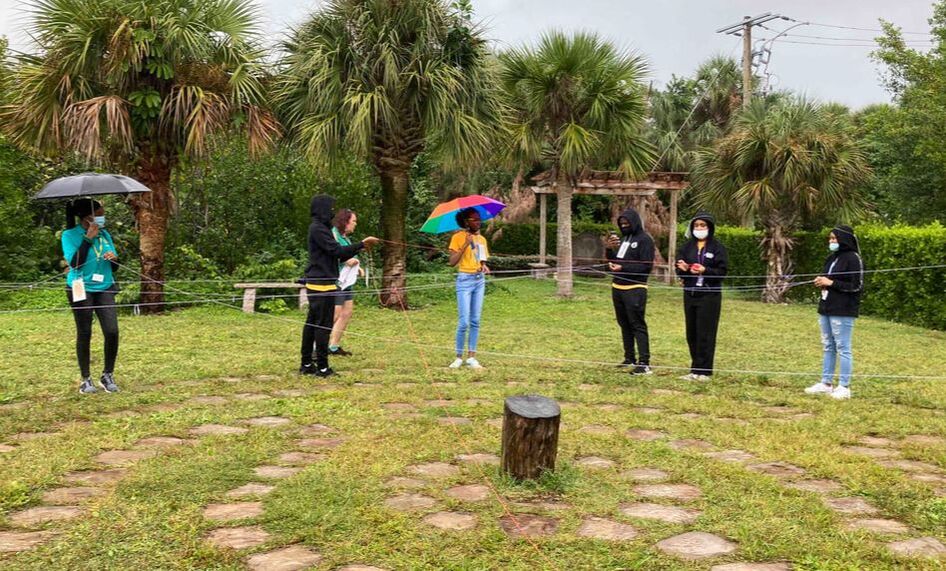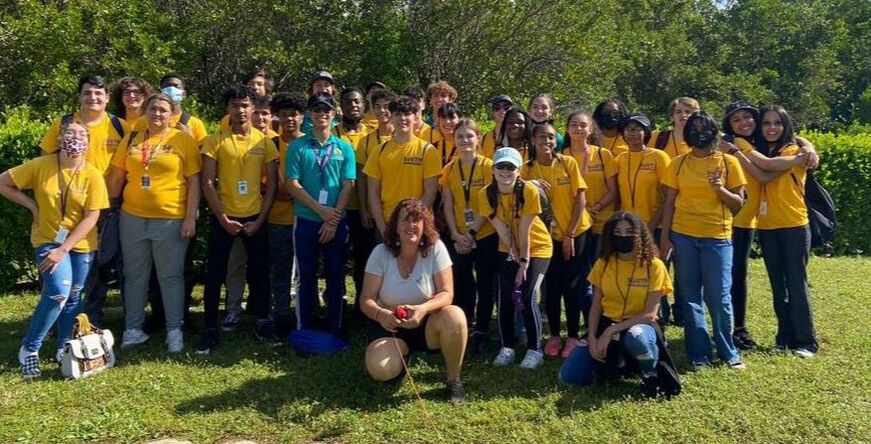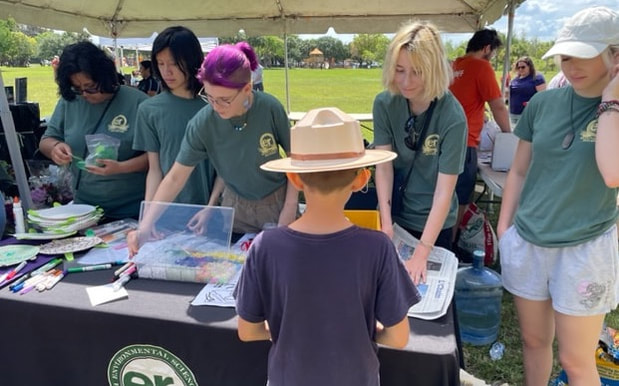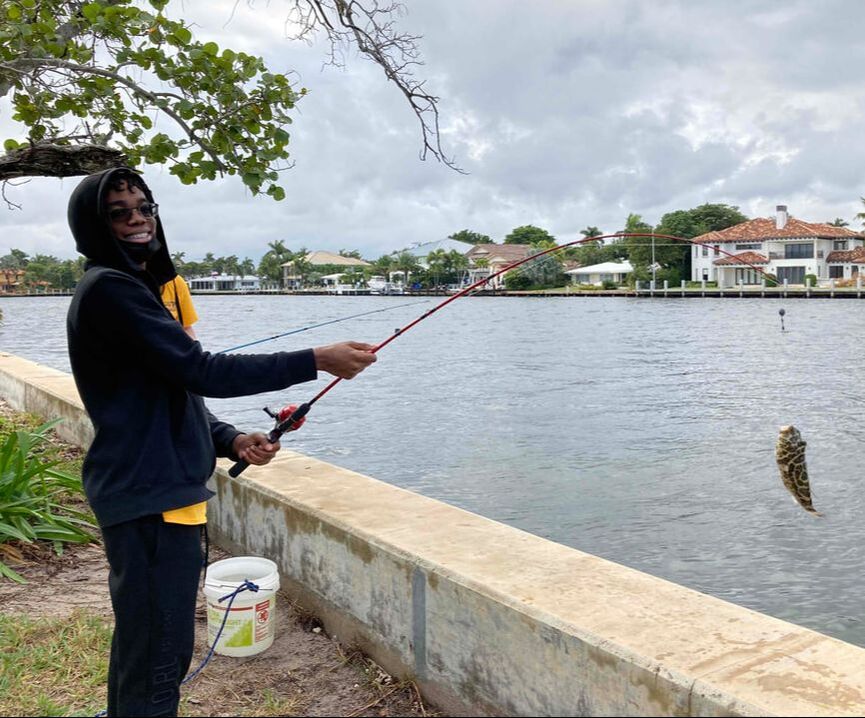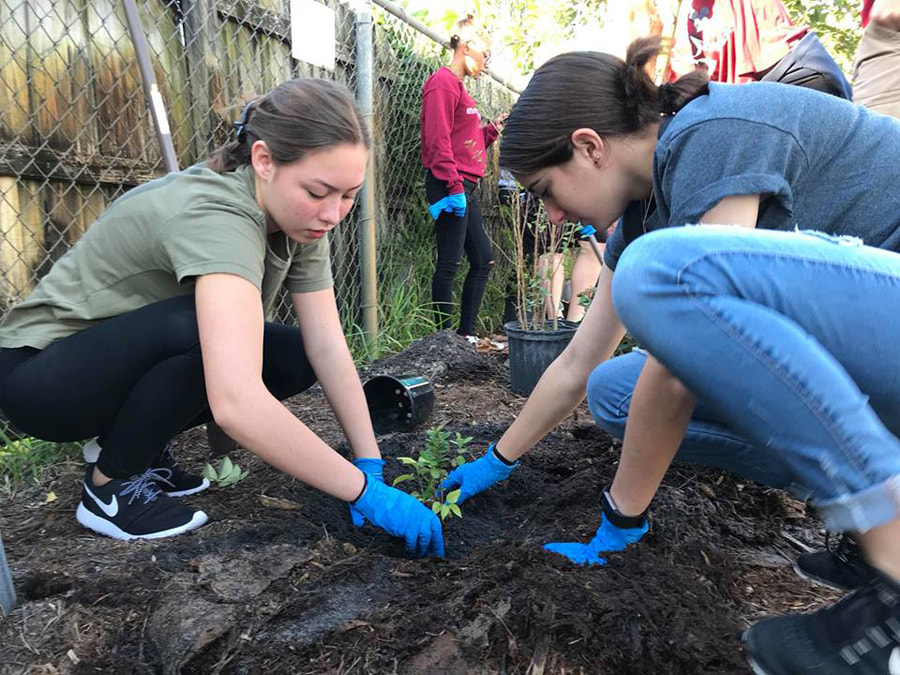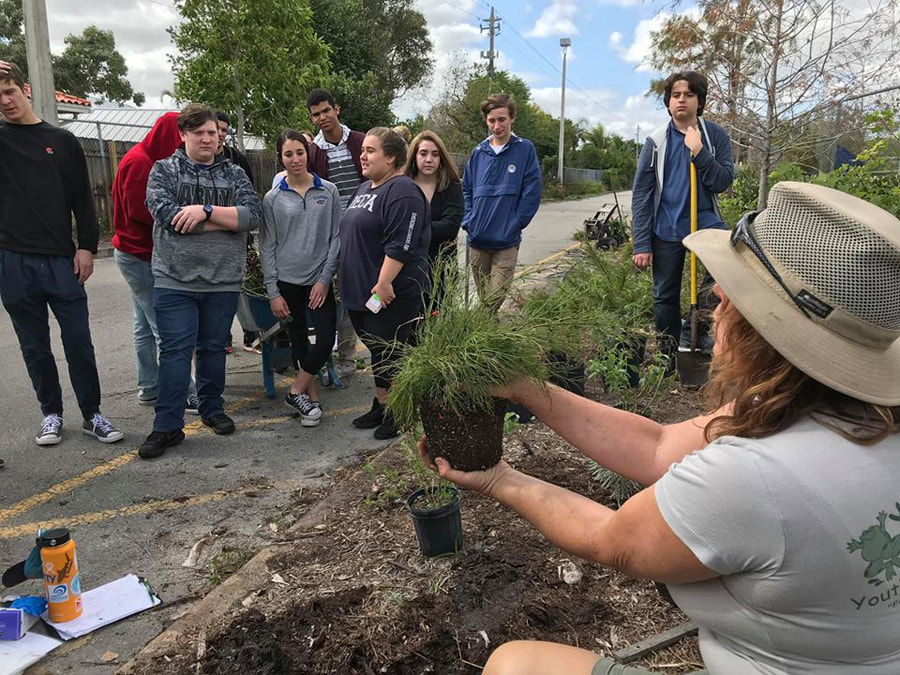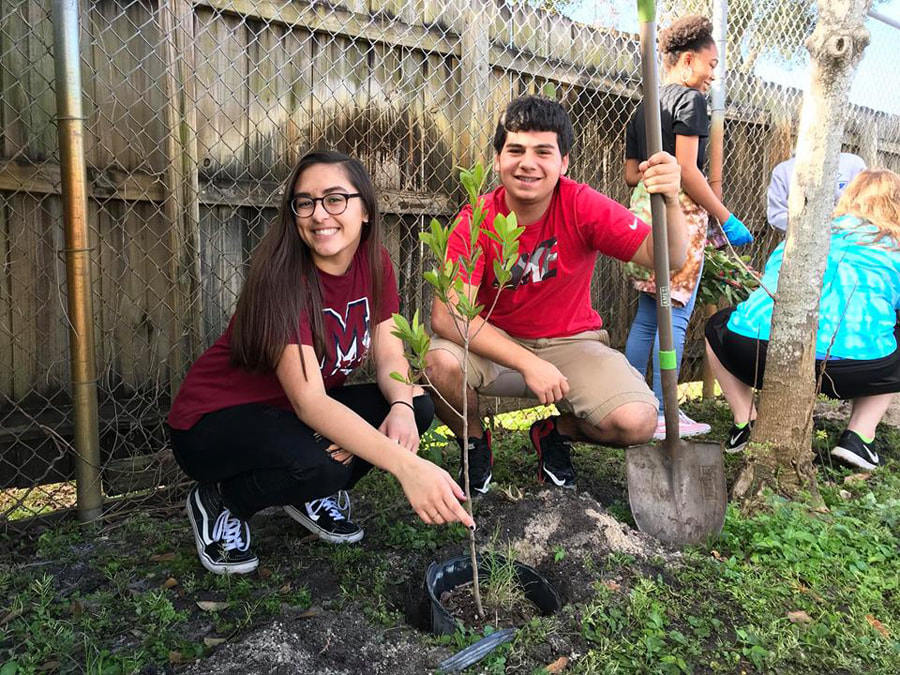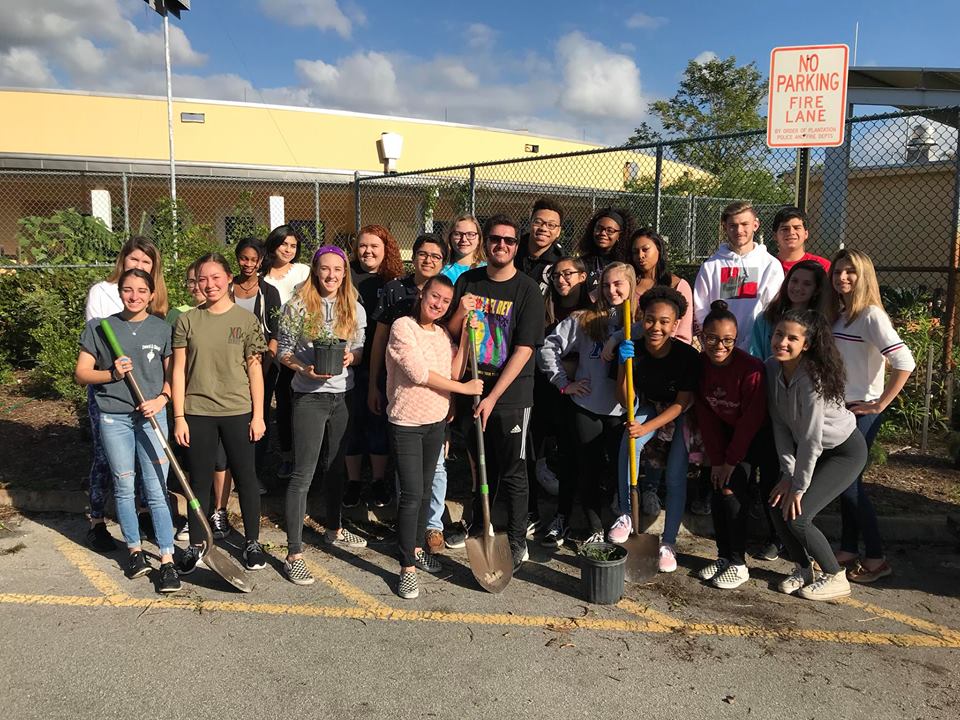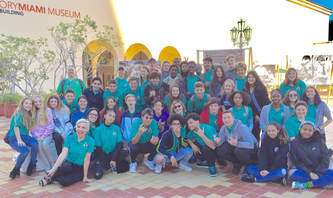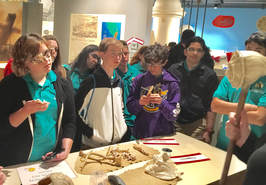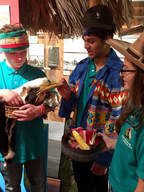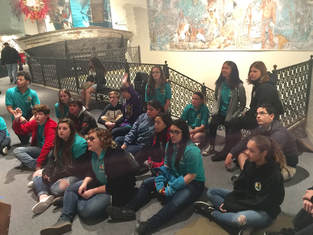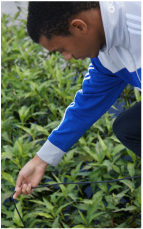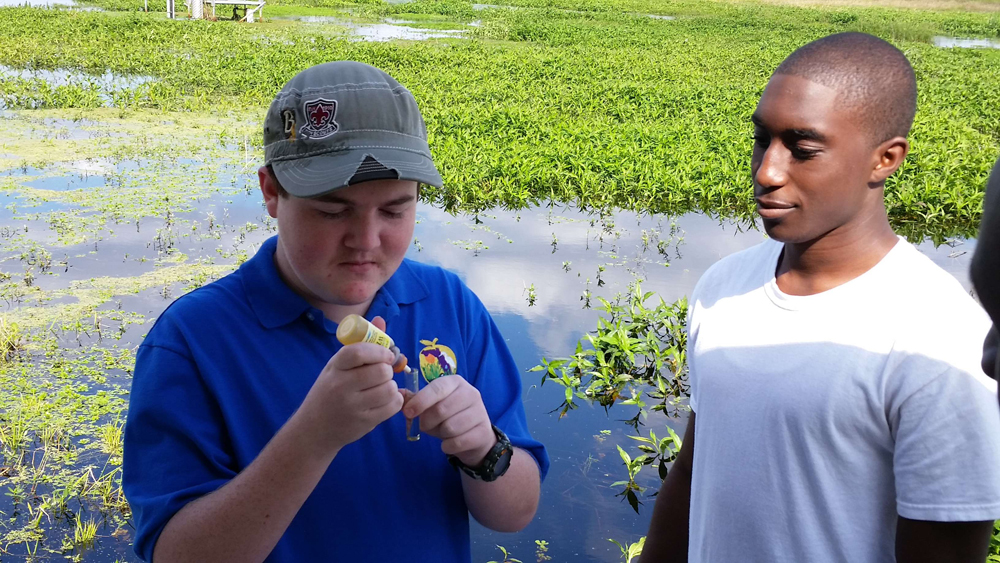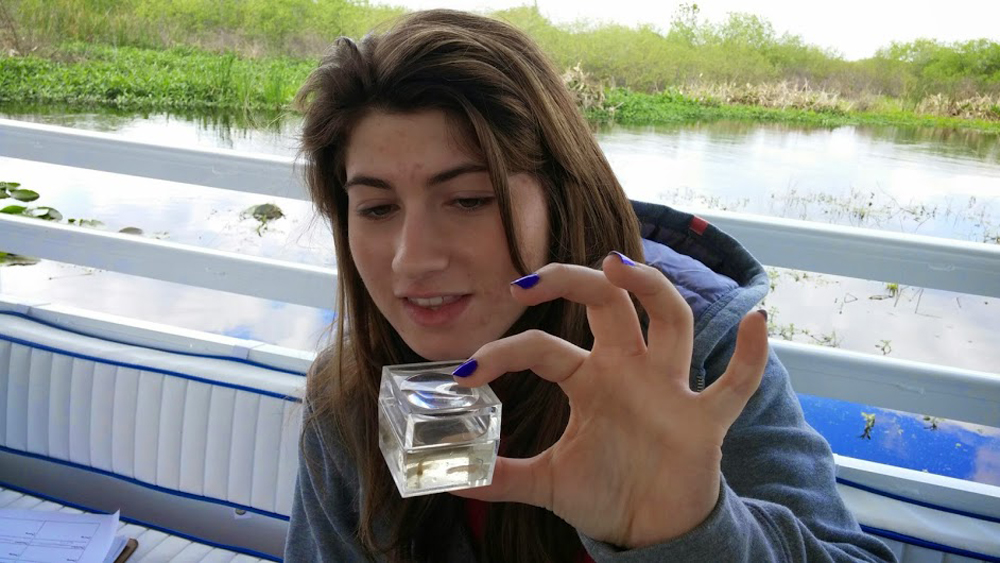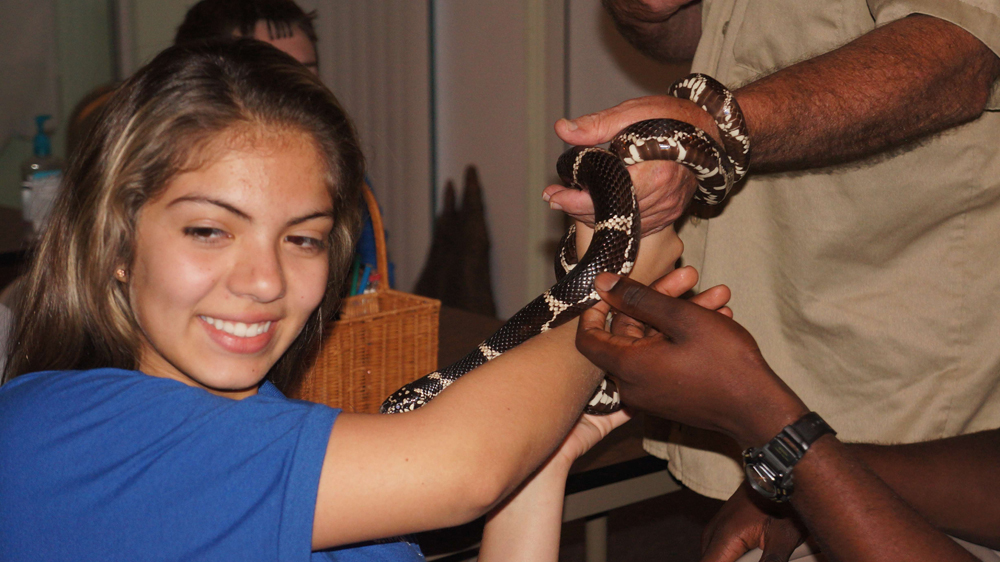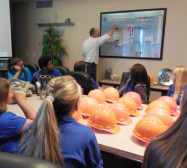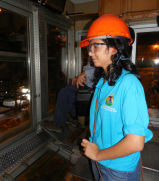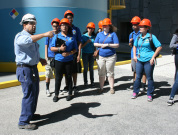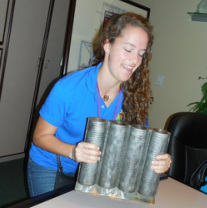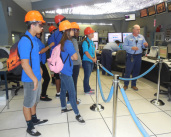SPHS Magnet
Site Visit Information
Pay online for trips at https://osp.osmsinc.com/browardfl/.
Field trips are a very important part of the magnet. How
can one study the environment without being IN the environment?? It's more than textbooks now… The district sets strict deadlines for paperwork so make sure your child meets those and wears appropriate clothing. Parents can pay for trip in cash to the teacher or online at www.southplantation.org
FERM website with a credit card.
We always need chaperones to take an airboat ride or sit
on the shore. Register at https://apps.raptortech.com/Apply/NDgyMDplbi1VUw==
so we can call you. Information about trips can be found below.
can one study the environment without being IN the environment?? It's more than textbooks now… The district sets strict deadlines for paperwork so make sure your child meets those and wears appropriate clothing. Parents can pay for trip in cash to the teacher or online at www.southplantation.org
FERM website with a credit card.
We always need chaperones to take an airboat ride or sit
on the shore. Register at https://apps.raptortech.com/Apply/NDgyMDplbi1VUw==
so we can call you. Information about trips can be found below.
Field Trip FormsTeachers provide a copy of field trip forms to be signed by parent and returned to the school. To keep a copy of the information, download the pdf and print.
Magnet Site Visits:
| |||||||||||||||||||||||||||||||
Global Perspectives Satisfies Magnet Research 3 Requirement
Juniors Tour Marine Environmental Research Center in Dania
Freshmen Spend Full Day Learning As They Slog in the Everglades
Start with Details, Study Wildlife, Tour on Airboat and Get Dirty Slogging
Magnet Science Classes are Filled with Labs, Indoors and Outside
|
Sophomore Labs
The year started for 10th graders with labs in Honors Environmental Science and Honors Biology. In the 2-day Ecosystem Dynamics lab, students examined owl pellets to discover more about the animals that the owl has eaten. By identifying the bones, the students were able to learn more about the scientific process, data analysis and draw conclusions about feeding relationships in a woodland community. Students in each class identified more than 20 types of prey animals and were able to calculate the estimated number of prey animals of each kind one owl would eat in a year. They then used the data to create ecological pyramids and analyze a variety of factors relating to trophic feeding relationships within an ecosystem. In Honor Biology, students worked with bubbles because the bubbles make a great stand in for cell membranes. They’re fluid, flexible, and can self-repair. In this lab, students conducted a series of experiments examining properties of bubbles and made connections to the properties of cell membranes that they were learning |
about in class.
Sophomores also ventured outside for a NatureScape adventure. They identified the difference in native and exotic plans, and then removed exotic plants that had taken over the grounds outside the magnet building. Freshman Labs In Experimental Science, 9th graders learned from classroom and outdoor labs: Wildlife Monitoring and Gardenology 1.0. Soils and Beds! Ninth Grade SPHS Magnet students took their first steps in understanding soil composition, formation, and use in a garden program over the two days. Students learned what type of soil is best for growing crops, how worms and other critters create fertile soil, and got the campus beds ready for planting! Later in the month the students learned more about about the plants themselves and spent the day filling the beds with new seedlings. They will enjoy the "fruits of their labor" n the months to come. YEA! (Youth Environmental Alliance) adds to the daily instruction with their hands-on guidance. |
Off-Campus Trips Take Classes Out Doors
From Birch State Park to the Ocean Students Experience Their Environment
9th and 10th Grade Students Show Survival Skills
|
Both freshmen and sophomores were able to show their swimming skills through the wind, rain and cold weather. Just as the weather began to turn colder in November, they dove into the pool at Fort Lauderdale High's Aquatic Complex after a short bus ride.
First they had to show they knew how to swim, and then they had to swim a distance unaided, float on their back for a predetermined time and tread water for several minutes. After they proved their competence, they divided |
into teams and swam relay races. Then they all had the opportunity to go off the diving board.
Those who had difficulty swimming were taught to swim by the coach and magnet coordinator - a certified swim instructor. Some students returned for addition lessons to make sure if they fell out of a canoe they could save themselves. No one complained about the cool weather because they stayed in the heated pool. |
Field Trips Through the Years
Learning Stewardship By Being in the Environment
Magnet Students Return to the Seminole Reservation
|
The very first year of the magnet program, upperclassmen toured the recently built Ah-Tha-Thi-Ki Museum on the Snake Road off Alligator Alley. They also worked alongside members of the tribe to remove exotic, invasive plants along the mile-long nature walkway. When juniors in the Cambridge program toured, it had changed a lot.
Students now saw a refurbished walkway and added wildlife study at the Billie Swamp Safari nature preserve. In addition to the ride where they saw, deer, black bears, an ostrich, water buffalo, bisons and other animals, they held skunks, alligators and feeding a deer. Juniors in the Cambridge Global Perspectives class spent an entire day on the Seminole |
Seminole Reservation to learn the Native Americans' history and culture.
Students were split into two groups to participate in activities, switching places after lunch so everyone saw everything. One group studied the wildlife on the preserve riding in swamp buggies. Then they participated in the animal show before watching the venomous snake presentation. The other group first toured the Ah-Tha-Thi-Ki Museum, saw a video about Seminole history and then took a nature walk showing plants the Seminole continue to use in their daily lives. More photos in FIELD TRIPS. |
Freshmen go 'Slogging' as They Study the Everglades
Upperclassmen Learn and Have Fun at Birch State Park
|
Students in Experimental Science, spent the day at Hugh Taylor Birch State Park on Fort Lauderdale Beach. They had the chance to collect and analyze water samples, identify flora and fauna of the park. help clean up the beach and explore the waterways by canoe.
|
Students worked with personnel from YEA! (Youth Environmental Alliance as they studied the local environmental issues and used what the learned throughout their years in the magnet, especial the Small Craft Safety from their HOPE-Water Safety PE class as freshmen!
|
Youth Environmental Alliance Brings Wetlands to Campus
Weedology Kicks off the Magnet Curriculum
|
Teachers continued to utilize longer classes due to block scheduling for on-school activities. Freshmen learned the basics of identifying native and invasive plants through the first event, Weedology, learning from personnel at the Youth Environmental Alliance or YEA!
After lectures about invasive plants and the opportunity to study samples close up, students |
took their learning to the South Plantation campus so they could remove the weeds.
Throughout the day, numerous classes with students in every grade worked to clear out the invasives starting around the magnet building. Later in the year more native plants will be added to the gardens that were begun in the previous two years. |
YEA! Partnership Helps Make SPHS Campus Go Native
|
Bringing what is learned in the classroom to actual sites is part of the curriculum of Experimental Science 3 Honors classes.
The 3-part hands-on, place-based educational experience consists of two school-based experiences and one off-site field trip delivered by the Youth Environmental Alliance (YEA!). All programs tie directly to the curriculum and provide new and engaging ways to learn key content. School-based programs will be delivered on campus during normal instructional time. Cry of the Water In the fall, YEA! personnel provided an interactive classroom experience that engaged students to use Florida's ecosystems as case studies to facilitate their awareness and empower |
them to make conscious decisions about protecting the planet.
Site Visit: Hugh Taylor Birch State Park For the second step students spent all day in the field to learn more about local flora, fauna, and ecosystems; engage in sustainable fishing practices and take part in ecosystem restoration by enhancing habitats for pollinators. Think Globally, Act Locally Culminating the program students engaged in habitat stewardship on school grounds. After learning the principles of Florida-friendly landscaping, students identified an area on campus in need of remediation and transformed it into a “NatureScape” featuring native plants that are both wildlife and people friendly. |
Visiting History Miami Museum Freshmen in Honors English spent the day in Miami learning more about the history of South Florida. Special emphasis covered the Everglades and the influence of local Native Americans.
Students in Jessica Reeves' classes examined ancient bones, shards and relics from Florida's earliest inhabitants as part of the magnet English curriculum. They also saw and sag in a trolley showcasing early transportation in Miami. When they returned to school, they wrote about their experiences and what they learned. |
Sophomores Review Restoration and Agriculture
|
Part of the Everglades Restoration curriculum covers how farming has affected the water in the Everglades.
After a year's absence, students returned to tour the Stormwater Treatment Area (STA) on US 27 as they observed the Best Management Practices (BMPs) of U.S. Sugar based in Clewiston. An informative tour of the STA managed by the South Florida Water Management District (not normally open to the public) gave them a first-hand look at how the pumps distributed the renewed sheet flow of water to the southern |
Everglades. SFWMD personnel explained what had to be in in the event of hurricane or drought conditions.
Students observed the return of wildlife to the area as the cleaner water flowed south. Then they boarded the bus and went to the sugar cane fields where they learned how the BMPs of U.S. Sugar have helped improve the water quality beyond what is prescribed by federal regulations. They sampled fresh-cut cane and toured the Clewiston museum before returning to school. |
Juniors Spend the Day Working at Birch State Park
|
As the King Tide raised the waters of South Florida, Juniors in Experimental Science 3 became extremely wet as they went fishing in the Intracoastal and restored the habitat of the land.
After they reviewed fishing regulations they learned as freshmen, they had a morning of successful catch-and-release fishing. Next they reviewed their lessons about the exotic plants |
that constantly try to take over the local landscape as well as the native vegetation including mangroves who help combat the rising tides.
After lunch and a nature walk, they spent the rest of the day removing the exotics and replacing them with native plants before returning home wet but satisfied. They worked alongside personnel from YEA!: Youth Environmental Alliance and teacher, Dr. Jody Berman. |
Juniors continue to explore Everglades National Park
|
|
For the first time in the 14-year history of the magnet program, all the students in the Research 3 and 4 classes toured Everglades National Park from the Flamingo entrance at Florida Bay to the main visitor's center on one trip.
As they made stops along the way to observe the different habitats and wildlife, they experienced in real life what they had read about in textbooks. They documented their writing with photographs at each location and used cameras as well as their phones to do so. Before returning home they stopped at a historic shop for smoothies and milkshakes as well as tropical food. |
Freshmen Begin Environmental Study at Shark Valley
|
Just before the Thanksgiving break, the 160 magnet freshmen spent the day in the Everglades at Shark River Valley Slough. Three trips were needed for all the students to attend.
After watching the National Parks video on the bus, the students completed a worksheet covering the Bobcat Boardwalk and took the 17-mile tram ride. Students saw alligators of all sizes, Blue |
Herons, Tricolored Herons, Ibis, Anhingas, Red Shouldered Hawks, Turkey Vultures and other birds and reptiles.
Observations were the theme of the day. Instead of the traditional data-filled worksheet, students practiced their observation skills beginning on the bus ride and throughout Everglades National Park. |
Research I/II Students Tour Cane Fields
Research Juniors Help Miramar Pinelands Park
Seniors win competition; enjoy a 'Field Day' at the park
|
On three different days in January 2015, students in the Research 3-4 classes including dual enrollment, helped Broward County Parks personnel remove non-native invasive plants from Miramar Pinelands.
The 157 acres of the park are filled with a unique combination of wetlands, flatwoods, prairies and slash pine forests. The juniors learned |
more about native plants as they helped remove the most invasive species. This three-day clean up focused on reducing the number of Rosary Pea and Balsam Apple plants. Read the newspaper story:
http://www.sun-sentinel.com/local/broward/plantation/fl-cn-invasives-0208-20150205-story.html |
Limnology Seniors Travel to Riverwoods
Wheelabrator turns trash into electricity
|
As part of the Honors Environmental Science curriculum, sophomores and juniors to see how Wheelabrator South Broward turns household waste into power. For 12 years, what the facility does has been an important part of the magnet program.
After a video, plant professionals showed the students the facility from the crane room to the control room while explaining safety features and career opportunities. During the tour students examined the very hot furnace and a few were able to operate the big crane distributing trash. |
AP Environmental Science students study at Zoo Miami
More than 150 AP Environmental Science students studied the biodiversity at Zoo Miami in November 2013. In addition to completing a worksheet covering the different habitats in the zoo student documented their visit by completing a photo project.
Coastal Explorations with the Science Eye
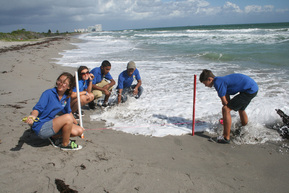
In early November, sophomores and juniors enrolled in Honors and AP Environmental Science explored the tide line and coastal habitat at John U. Lloyd State Park in Dania. The strong winds in early November made data gathering difficult, but the students continued their sampling and analysis under the guidance of the Science Eye professionals.
The trips involved three areas: understanding tides, winds and currents; what is caught in the tide line as the high tide recedes; and the flora of the sandy habitat.
The trips involved three areas: understanding tides, winds and currents; what is caught in the tide line as the high tide recedes; and the flora of the sandy habitat.
